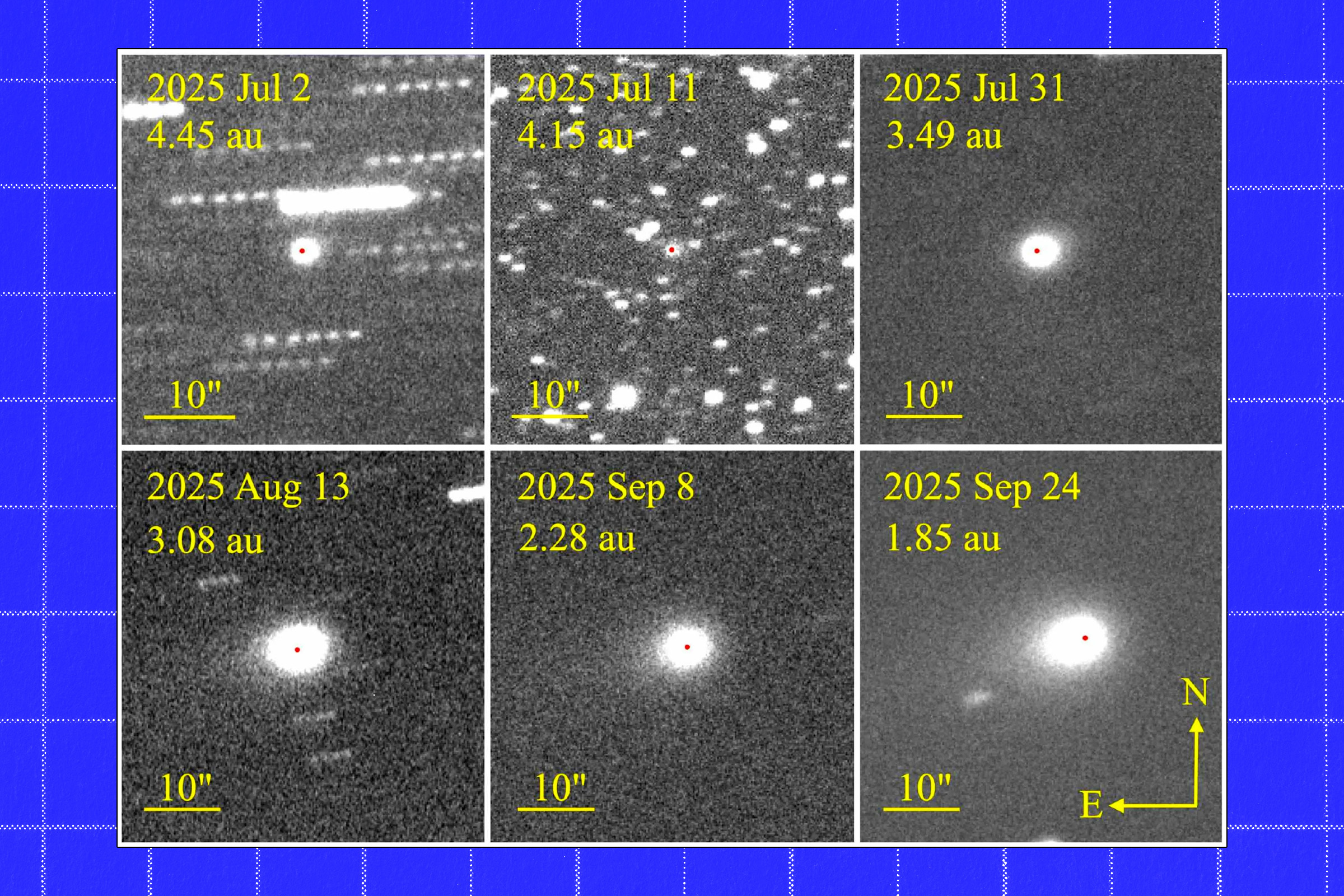On March 2, 2024, comet 3I/ATLAS will make a close approach to Earth, capturing the attention of astronomers and space enthusiasts worldwide. This celestial event marks a significant moment in the astronomical calendar, as the comet is expected to pass at a distance of approximately 43 million kilometers from our planet.
The excitement surrounding 3I/ATLAS is palpable, with many eager to observe this natural wonder. According to CNN reporter Ashley Strickland, the comet’s appearance will be visible through telescopes and even to the naked eye under favorable conditions. As the comet races through the inner solar system, it is anticipated to brighten significantly, making it a prime target for amateur and professional astronomers alike.
What to Expect from 3I/ATLAS
Discovered in 2019, 3I/ATLAS has generated considerable interest due to its relatively short orbital period of roughly 5.5 years. This means that opportunities to observe the comet are limited, heightening the anticipation for this upcoming pass. As it travels towards the Sun, the comet’s icy nucleus will heat up, resulting in the release of gas and dust, forming a glowing coma and tail.
For enthusiasts hoping to catch a glimpse, the best viewing times will be during the early morning hours leading up to the comet’s closest approach. Telescopes will provide the clearest views, but those equipped with binoculars may also be able to spot the comet if conditions are just right.
How to Watch the Event Live
In addition to personal observations, CNN plans to feature live streams and exclusive coverage of 3I/ATLAS on its Watch page. This initiative aims to bring the spectacle of the comet’s approach to a broader audience, allowing viewers to experience the event in real-time. Such coverage is particularly appealing given the public’s growing interest in space exploration and celestial events.
The comet’s visibility is not just a scientific event; it serves as a reminder of the wonders of our universe. Observing such phenomena can inspire curiosity and excitement about astronomy and space science.
As the date of the comet’s closest approach draws near, the buzz around 3I/ATLAS continues to grow. Whether through personal observation or by engaging with live coverage, many will seize the opportunity to witness this beautiful reminder of the dynamic nature of our solar system.







